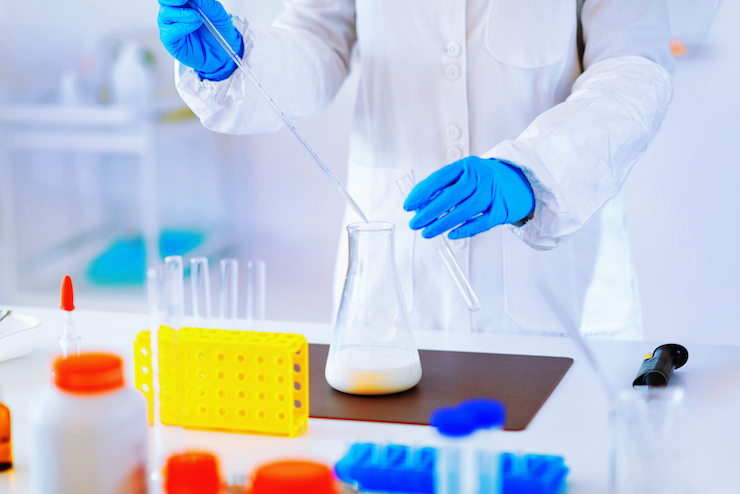Chemical Oxidation
This technology is used to treat waste containing organic compounds, it is also used to treat sulfides and cyanides. With chemical oxidation, the oxidation state of metallic components is changed to valences that are less soluble, for example, converting arsenic to a pentavalent state that makes them harmless to the environment.

Chemical Reduction
It is a treatment technology used to reduce Chromium and Hexavalent Selenate ions to less soluble Chromium and Trivalent Selenium ions in metallic form. It is also used to treat wastes containing reducible organic compounds and oxidizable inorganic compounds such as calcium hypochlorite, hydrogen peroxide and nitric acid. Like oxidation, the objective of these treatments is to convert toxic substances into suitable substances that do not harm the environment.

Neutralization
The neutralization process is used to treat corrosive hazardous waste (C). This technology is carried out by adjusting the pH of a corrosive chemical to neutrality levels (pH 6-8). Neutralized waste may require secondary treatment depending on the hazardous constituents that are present in the generation process.

Destructive Incineration
Incineration is applicable for the treatment of waste containing a wide range of organic constituents, low concentration of water, metals and some other inorganics. This technology is used when there is no other option for reuse due to the presence of certain harmful pollutants such as PCBs (Polychlorinated Biphenyls).
The four most common incineration systems:
- Liquid injection
- Rotary kilns
- Fixed chamber incineration

Thermal Desorption
Thermal desorption removes harmful chemicals from the soil and other materials such as mud and sediment, using heat to transform these chemicals into gases. These gases are collected using special equipment. Dust and harmful chemicals are separated from the gases and safely disposed of and the clean soil returned to the site. Thermal desorption is not the same as incineration, which is used to destroy chemicals.

Stabilization & Solidification
Stabilization refers to techniques that chemically reduce the hazardous potential of a waste by transforming contaminants into less soluble, mobile or toxic forms. The physical nature and characteristics of waste management are not necessarily changed by stabilization. These technologies are not considered destructive techniques; rather, they eliminate or impede the mobility of contaminants.

Microencapsulated
Micro-encapsulation takes place in wastes where “leachability is reduced in hazardous contaminants.” Micro-encapsulation is similar to the stabilization process, but is typically limited to inorganic contamination (heavy metals) in waste of simple geometric shapes. During Micro-encapsulation, surface contaminants are chemically treated to reduce toxicity using catalysts such as kiln lime dust, Portland cement, loose ash or similar materials. Following micro-encapsulation, the waste is placed in a secure landfill.

Macroencapsulated
Wastes that may not be physically suitable for stabilization equipment, or that contain organic contamination (eg pump contaminated with leachate) can be handled by macro-encapsulation. This type of waste is placed in a non-degradable HDPE box. Void space is eliminated by the addition of stabilizing materials that do not have to be stopped for testing or other non-degradable absorbent space fillers. The container is then permanently sealed and in this way can be placed in a secure landfill.


